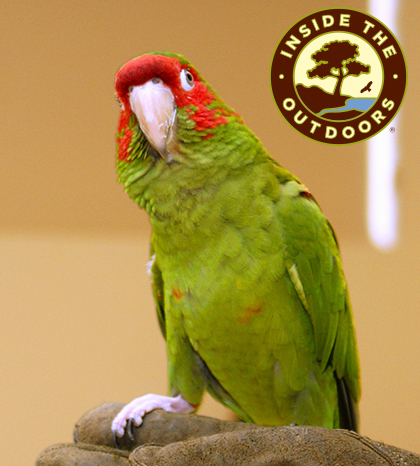
We work with your school schedule!
Each program is 60 minutes in length or one class session, depending on what works best with your schedule.
View the current program fees.
View the Resources pages for pre/post information.
Amazing Animals - Middle School
NGSS PE Supported: MS-LS1-8
Sensory structures in animals, including humans, are specialized parts that detect stimuli, such as light, sound, touch or chemicals from the environment. Students meet several animal ambassadors and examine the sensory structures each uses to survive in the wild. As they interact with each animal, students will fill out models showing how sensory inputs lead to immediate actions or memories that help the animals thrive. This fun, hands-on experience teaches students about the vital role sensory structures play in survival!
Scientists of the Sewers - Middle School
NGSS PE Supported: MS-ESS3-3 and MS-LS2-4
While learning about the crucial role microorganisms play in Orange County's sanitation system, students will collaborate to investigate a mock problem of a contaminated wastewater treatment plant. Students will investigate a contaminated wastewater treatment plant, identify the source of the contaminant "Substance X," and test water samples for pH and conductivity. Students will then design solutions to monitor and minimize the effects of the contaminant while analyzing the effects of the contaminant on stability of the microorganism population. Students will also reflect on their impact on local sewer and wastewater treatment systems emphasizing on the importance of protecting our water resources.

Wonders of H2O - Middle School
NGSS PE Supported: MS-ESS3-3
In this engaging Traveling Scientist program students will think critically about connections between how human land uses impacts watersheds and leads to water pollution through exploration of a fictional watershed - Waterville. Students will work together to test pH and nitrate levels of three water samples from different locations within the Waterville watershed and analyze the results to identify sources of potential pollution. Students will then collaborate to brainstorm strategies of how to monitor or minimize pollution to protect our ecosystems. This program highlights the importance of sustainable land use and water conservation!

